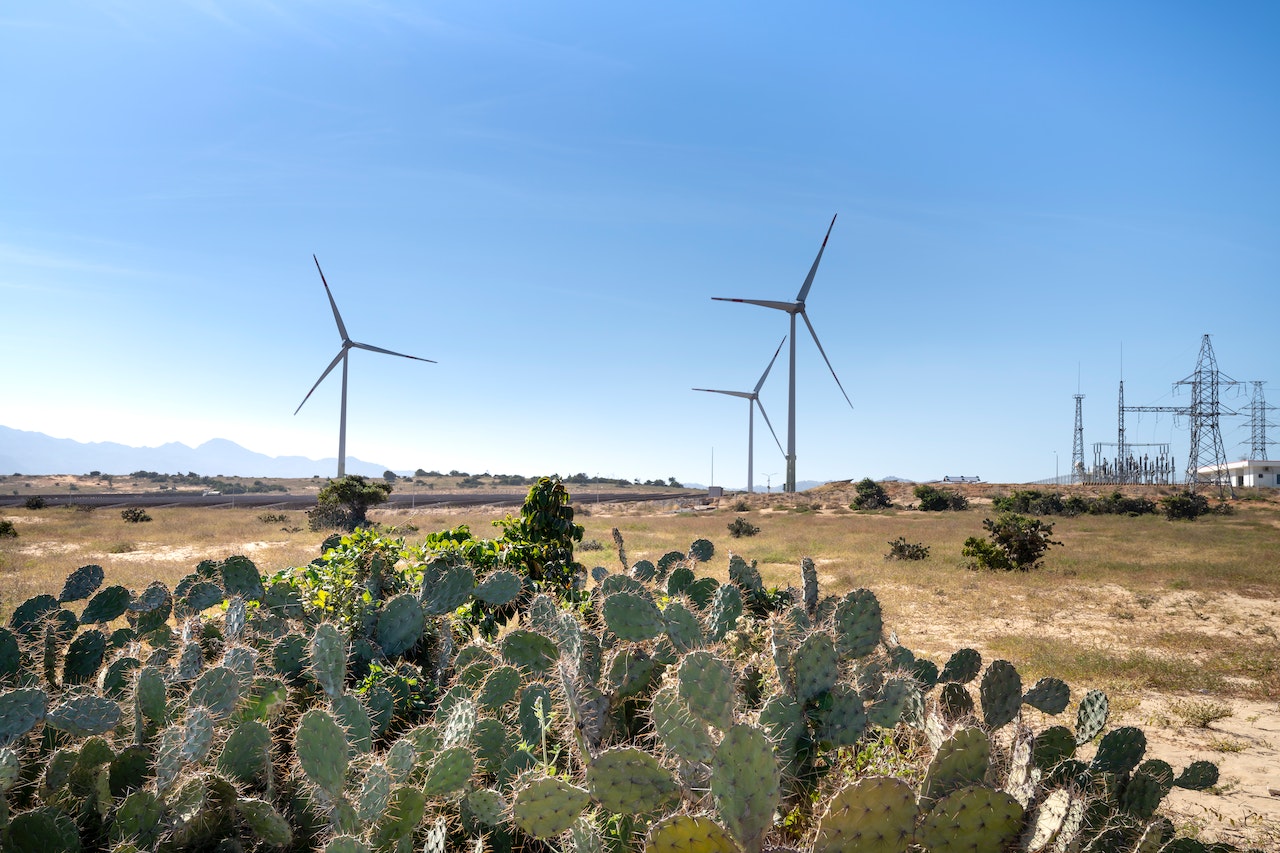Exploring the Newest Trend in Renewable Energy Resources
In recent times, Europe has seen an increased push towards renewable energy – with countries such as Germany, France and the UK leading the way for a greener approach to energy production. A key part of this trend has been the emergence of Euro energy, a new type of renewable energy which has the potential to revolutionize the way energy is sourced in Europe. In this article, we will explore the various aspects of Euro energy – from the types of renewable resources utilized to the benefits and challenges of implementing this new energy source. We will also look at how Euro energy can help Europe transition to a greener, more sustainable energy future.
The Benefits of Euro Energy: The Advantages of Going Green
As the world continues to look more and more toward renewable sources of energy, the Euro energy industry has been growing rapidly. Euro energy is a collective term referring to a variety of innovative sources of renewable energy available throughout Europe. This type of energy is now becoming increasingly popular worldwide, and for good reason. Euro energy offers numerous benefits, from reducing the impact of climate change to providing economic benefits to the countries that adopt it.
Euro energy is an economic solution, as it is typically much cheaper than traditional sources of energy, such as coal and oil. This makes it an attractive option for countries who are looking to cut their energy costs while still providing a reliable power source. Additionally, Euro energy is also much more sustainable, helping to reduce the negative environmental impacts usually associated with traditional energy sources. Furthermore, investing in Euro energy projects can create jobs in local communities, while also providing an important source of renewable energy.
Euro energy refers to the energy resources that originate in, or pass through, the European Union. This includes electricity, natural gas, nuclear energy, oil, and other related forms of energy. This type of energy is used by countries of the European Union to meet their energy needs, but also to exchange energy resources with other countries. For instance, Germany and France have established a network of electricity interconnection to access renewable energy sources located in other EU countries.
Exploring the European Energy Market: Benefits and Opportunities
Euro energy also refers to the European internal energy market, or “European Internal Energy Market” (EIM). The EIM is a market-based approach to energy exchange between the EU countries, allowing for trading and cross-border sale of energy resources. Through this mechanism, the EIM facilitates the development of a competitive energy market within the EU. For example, at the end of 2019, the European Commission adopted new rules to further the development of a common energy market between the member states.
Finally, Euro energy also encompasses the measures adopted by the EU in order to promote the sustainable use of energy resources, such as through the Renewable Energy Directive, the Energy Efficiency Directive, and the Energy Performance of Buildings Directive.
All You Need to Know About Euro Energy
Q: What is Euro Energy?
A: Euro Energy is a type of electricity produced from renewable sources, such as solar, wind, hydroelectric, biomass, and geothermal.
Q: How does Euro Energy work?
A: Euro Energy works by harnessing the energy produced by the renewable sources mentioned above. This energy is then turned into electricity and supplied to homes and businesses.
Q: What are the benefits of using Euro Energy?
A: Using Euro Energy helps to reduce energy costs, reduce carbon footprint, and promote sustainability. Additionally, it can help to reduce air pollution and water pollution, as well as create new jobs and economic opportunities.
Q: What are some of the drawbacks of Euro Energy?
A: A major drawback of Euro Energy is that the sources used for producing it are often limited, and therefore, the cost of producing this energy can be quite high. Additionally, some sources can be unreliable and can be affected by weather changes.
Unlocking the Potential of Euro Energy: Exploring Renewable Sources in the European Union
The European Union has a long history of energy production and usage, but its future is one focused on renewable sources. At present, much of the energy generated in the European Union is from non-renewable sources such as coal, natural gas and oil. However, with advances in technology and the growth of renewable energy sources, the E.U. is looking toward a more sustainable future. This shift toward renewable energy sources is both a challenge and an opportunity for European countries. By embracing renewable sources of energy, the E.U. can create jobs, reduce greenhouse gas emissions, and create a more secure energy future for its citizens. Renewable energy sources can include solar, wind, hydro, geothermal and biofuel, and these sources offer the potential for greater energy independence, improved energy efficiency, and economic growth. Through initiatives like the European Green Deal, the E.U. is looking to unlock the potential of Euro energy by increasing its renewable energy use. By investing in renewable energy sources, the E.U. can create a more sustainable and secure future for its citizens.


Leave a Reply